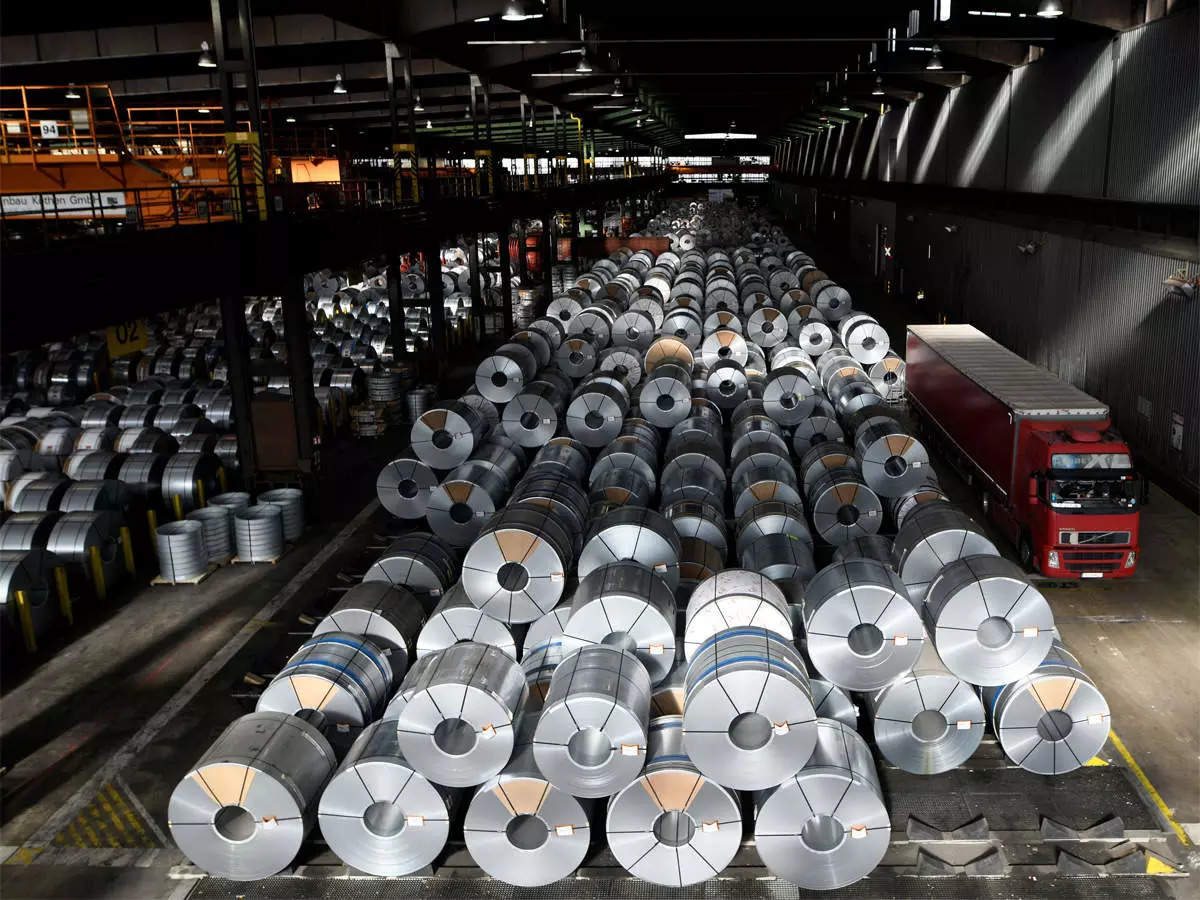India imports more steel than it exports in October, totaling 0.57 mt.
Google
08-11-2023
Share

India remained a net importer of steel in October, with imports totaling 0.57 million metric tons (mt) against exports of 0.29 mt. Even as cheaper offers from China entered the country, numbers were impacted by a lack of export offers from Vietnam, West Asia, and Europe.
According to a Steel Ministry report that Businessline was able to access, imports were more than exports by almost 0.28 million tons.
As per the report, the month's imports fell by 4% YoY (from 0.6 mt in October 2022), while exports declined by 21% (from 0.36 mt). However, imports increased by 50% month over month from 0.38 mt in September, a sign that lower-priced Chinese and Vietnamese goods are eroding the market share of domestic steel producers, according to trade sources. Despite September's exports being among the lowest in the previous five years at just 0.16 mt, export numbers improved by 78% month over month.
India continued to be a net exporter of steel for the seven-month period from April to October, with 3.52 mt going out (down 11% from 4 mt exported in 7MFY23) and 3.47 mt coming in (up 10% from 3.2 mt).
India's imports of steel have increased in H1 FY24 (April–September). India's imports are increasing, so this is still an area we need to be cautious about. During an earnings call, Jayant Acharya, Joint MD and CEO of JSW Steel, stated that exports also decreased during this time. Due to "global headwinds," the company's export share for the July–September quarter was rebalanced to 11%.
Mix by category
Exports of non-alloyed steel increased by 277 percent year over year to 0.24 million metric tons during the reviewed month. Trade sources reported that an export duty had reduced offers in October of last year. However, imports into the category increased to 0.47 mt, a 28% increase. Offers for stainless and alloyed steel decreased by 86% and 53%, respectively, in both the import and export markets.
Non-alloyed steel shipments into the nation increased by 80% month over month, indicating the growing discrepancies in price between Chinese and domestic products. Exports increased by 75% after a recovery. Within the stainless and alloy steel industry, exports increased by 102% while imports decreased by 13%.
When discussing the price difference, Acharya emphasized that certain nations were making an effort to "offload excess stock" and stated: "If somebody were to convert with the current raw material, then the prices at which some of those imports of the lower price have come in are not sustainable."
He believes that prices internationally have probably peaked. The price of steel has "bottomed out" globally, and he predicted that going forward, steel prices would rise in response to rising raw material costs, particularly those of coal.